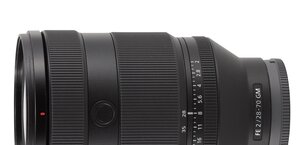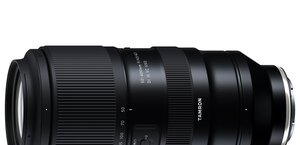Samsung NX 20 mm f/2.8
5. Chromatic and spherical aberration
Chromatic aberration
Usually so slow constructions don’t have any problems with the longitudinal chromatic aberration. The Samsung 2.8/20 doesn’t correct that in a perfect way though. One glance at the photo below shows that the image behind the focus had a yellow-green cast and in front of the focus – blue. The effect is not huge but still noticeable.
 |
Please Support UsIf you enjoy our reviews and articles, and you want us to continue our work please, support our website by donating through PayPal. The funds are going to be used for paying our editorial team, renting servers, and equipping our testing studio; only that way we will be able to continue providing you interesting content for free. |
- - - - - - - - - - - - - - - - - - - - - - - - - - - - - - - - - - - - - - - - - - - - - - - -
The lateral chromatic aberration is certainly visible as well. At the maximum relative aperture it can still be deemed low but on stopping down it increases, reaching medium values, and after a really significant stopping down it approaches high level.

 |
Spherical aberration
The spherical aberration is similar as the longitudinal chromatic aberration – it is perhaps not high but remains visible. In the photo below it manifests itself in a quite interesting manner. Look carefully at the centre of the circle. In the first photo the centre is noticeably lighter than the edge, in the second the situation is reversed, the centre is distinctly darker. In a perfectly corrected lens something like that shouldn’t have happened.







